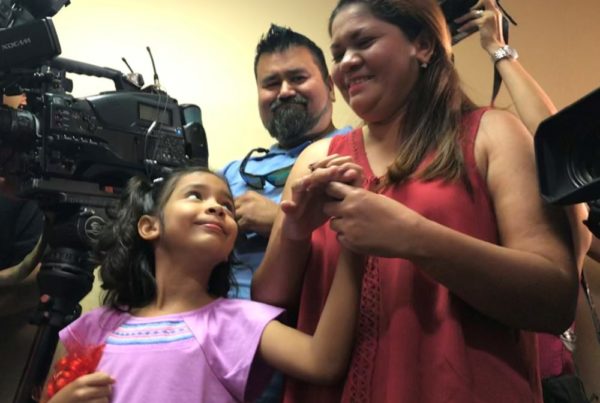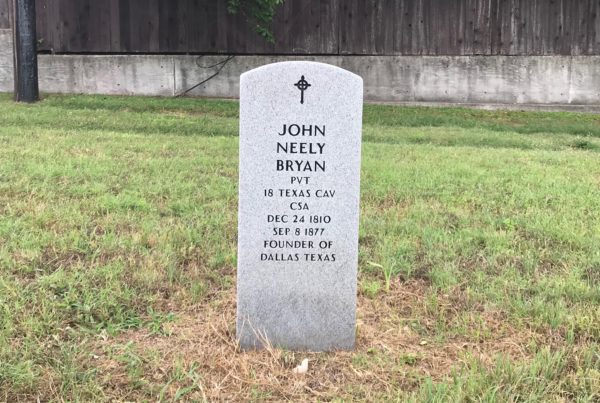When a prospective nurse joins the field, they expect to endure a lot of less-than-pleasant experiences as part of the job: bodily fluids, people in pain and grieving families are among them. The probability of violence and abuse isn’t likely to be on their radar – but it should be.
That’s because hospitals experience one of the highest rates of violence of any workplace, second only to law enforcement. According to the U.S. Bureau of Labor Statistics, health care providers are four times as likely to need time off for a violence-related injury. And they’re most likely to experience physical and verbal abuse at the hands of those they are trying to help: their patients.
With this in mind, it seems hospitals would have a system in place to protect their workers. However, a Houston-based emergency room educator and physician’s assistant named Jessica says that often isn’t the case. She says she didn’t realize the threat to health care workers until she got her first job in triage.
“I don’t know if a patients going to become violent.” Jessica says. “Especially with the populations that we work with, I think it would be one thing if it happened once a year or something but it happens all the time.”
That unknown threat is attributable to the lack of standardized system in place to assess, prevent, or reduce violence against doctors or nurses at her workplace. Jessica says when she considers the unique facet of danger at her job, she sometimes questions why she’s putting herself at risk.
Andrea Paladino has a masters in nursing and works as a clinical assistant St. David’s School of Nursing for Texas State. She got her start much like Jessica, in an E.R., and the violence that occurred there came as a shock to her too.
“I was an inpatient acute care nurse at the University of Chicago, which is a very rough area. I encountered a patient violence on the street corner walking from my car into the building,” Paladino says. “So patient violence is something that has been present since I walked on the floor for my first day.”
Paladino grew up in the suburbs and says she didn’t have the same moxie her fellow downtown Chicago nurses had to shut down escalating situations. Without a system in place to deal with instances of verbal and physical abuse, the demands of her job took a toll on her.
“There were days that I would get done with the shift and you sit and cry in the bathroom. Why did they send this patient to the unit without a heads up?” Paladino says.
Giving health care workers a system for a “heads up” is precisely the goal for Dr. Son Chae Kim. She works as a researcher and professor at Texas State University. After witnessing an increase in violence against nurses, she turned to academia to see whether studies had been done. What she sought was prevention, what she found was reactive.
So Kim decided to do the research she was looking for herself. Through studies in acute care, emergency rooms and nursing homes, she developed an at-risk for violence scoring system called the “Aggressive Behavior Risk Assessment Tool” or ABRAT. Patients receive a score based on a 10-step assessment by their nurses that take into consideration things like their history of violence, age and diagnosis. Mental illnesses such as schizophrenia and age-associated conditions like dementia are indicators patients are more likely to become aggressive. Kim says that’s also true for patients under the influence of drugs or alcohol.
“We know that when they have a cognitive impairment, they cannot control their behavior,” Kim says. “So we accepting their behavior as part of our job. That’s why there’s a lot of under reporting issues, but we need to change that perception.”
She says the first step toward that change is establishing a clear definition of workplace violence for health care workers to create a new culture where these instances are not written off as simply “part of the job.”
Kim hopes to learn more about detecting high-risk patients through the use of the ABRAT system. And research partners in the U.S. and Canada are already giving her ample data.
Many Texas hospitals also want to get on board. That’s because the state recently passed a mandate requiring institutions to have some system in place to address aggression.
Paladino is working on the ground to get nurses ready for the road ahead so that they aren’t left without the skills to address this issue, the way she and Fuentes were. She says the majority of their students are in their early 20s and upon learning the realities of violence in their future workplace, they grow anxious and fearful.
That’s why Paladino takes her students through simulation scenarios, guiding them through staged incidents of verbal assault to prepare them to de-escalate such situations.
“We’re able to mimic an unsafe scenario while keeping our students very protected at the same time. Let them walk through how it feels, not to be hit physically, but the verbal.” Paladino says. “How to look at particular patients and kind of get that internal sense of ‘this might be one of those things that I could benefit from the use of Dr. Kim’s tool to identify the potential risk for violence.’”
Kim believes her early risk assessment could not only reduce the risk of physical and psychological harm to health care workers, but also increase morale and job satisfaction. She thinks this could improve turnover rates and save hospitals money they may have spent on paid time off for injured workers or replacing those who quit from burn out. Violence may be inevitable in some cases but it is preventable in most.
This improvement would stretch across every single participant in the health care system and it’s one that nurse Jessica recognizes as the ultimate priority.
“It’s just the most important thing should be the safety of the staff. If we can’t be safe then we can’t keep them safe.”
Support for Texas Standard’s ”Spotlight on Health” project is provided by St. David’s Foundation.















